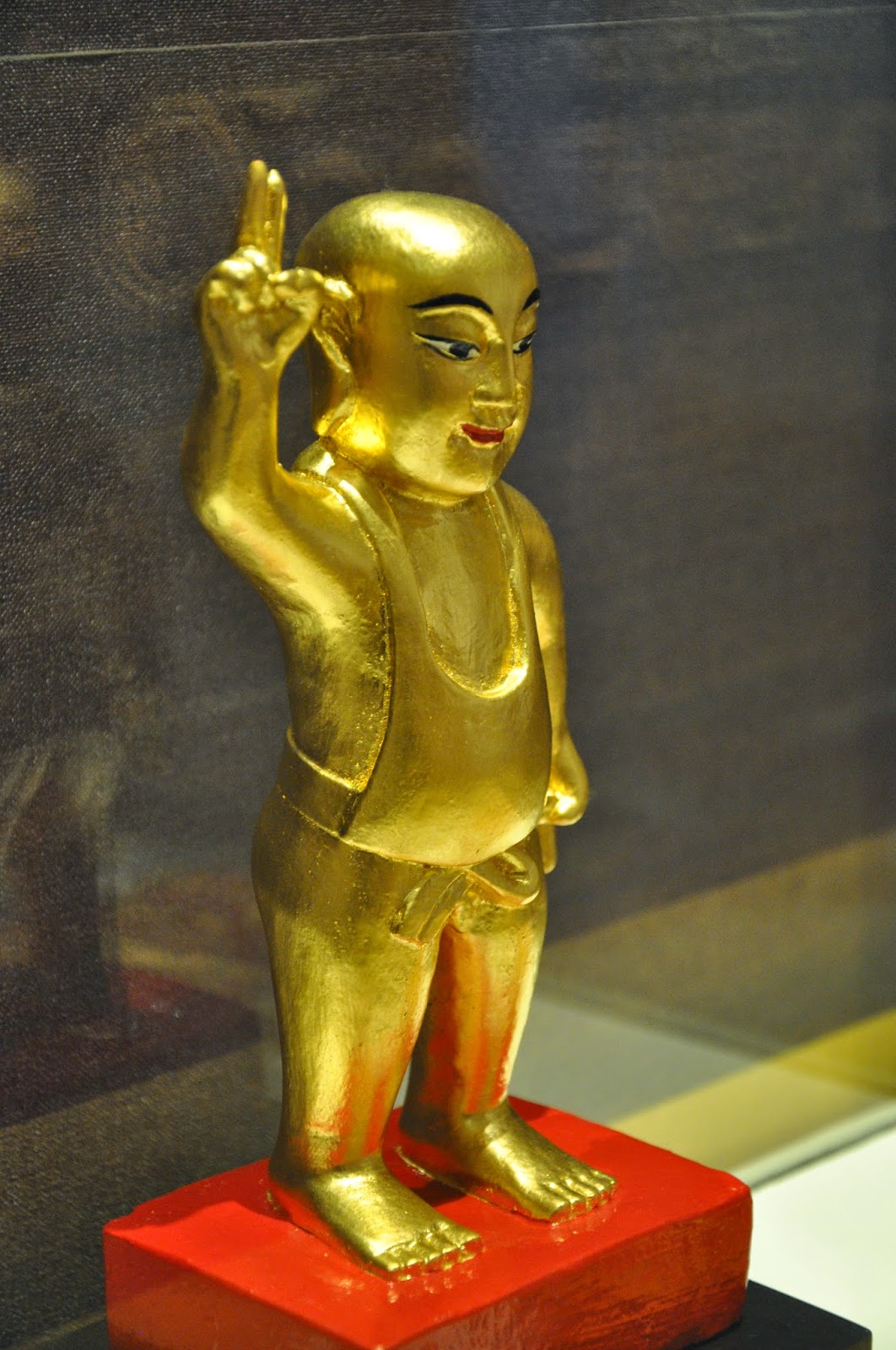As I walked into Museu do Oriente I knew I'd be staying for a few hours, once there were at least four temporary exhibitions I was interested in, one of them being on the Chu Tai Sin Cult and the role it used to play (and still does to a certain extent) in the life of the fishermen of Macau.
Having been to Macau in 1998 and tried over the years to further develop my knowledge regarding a country I had fallen for, I must say I had never heard of this Cult, this being the major reason as to why I didn't hesitate to start my cultural "venture" by this particular exhibition, not knowing what to expect.
To the right side of the main entrance a series of photographs depicting the life of the fishermen of Macau, who having been 52,463 by 1927 and according to records dating to 2011 reduced to 735. Traditions were nevertheless passed from generation to generation throughout the last century, thus retaining part of the collective memory and specific identity of the fishing community of Macau.
The fact that many fishing families were forced to abandon their fishing boats and adapt themselves to new living circumstances brought about by a crisis in the fishing sector didn't mean their beliefs died out with it. Those are kept alive year after year as the actual and former fishermen families participate in the Da Jiu festivity carrying along with them venerating wooden statues.
Chu Tai Sin worshippers who have him placed in altar-like frames at home bring them out in the Da Jiu festivity, so as to ensure his influencing power is maintained.


The unique way of venerating the ancestors is closely tied to a well defined representation pattern, in which the old are represented in a sitting position, while the young are standing, loose hair indicating single women and tied up hair the married ones, as well as the inclusion of certain clothing details and the size of the figures reinforcing the idea of the social rank and power those being represented while they were alive.
Mediation plays an important role in these festivities with the fishermen of Macau having a group of laic Buddhists Gui Si carry out the necessary ritual procedures for the ceremony, as well as the writing down of the required documentation - the Pong (a huge red sheet of paper on which important elements like the names of all the family members participating in the ceremony, their personal requests and every ritual contemplated for the ceremony are written down).
The statue of Ji Tin Duk Dei, representing Sakyamuni (Buda) as a child pointing up to the sky with his right hand and towards the earth with the left hand is said to have the particularity of being able to serve as an intermediary transmitting the worshippers' requests to the Deities, whilst travelling across earth and sky, according to a local legend.
Pei Lou hat and ritual crown worn by the local Gui Si during the ceremonial rituals
The Gwoh Gwaan ceremony, very popular among the young and the old (because of being the ones who are more vulnerable), aims at requesting the divine intervention in overcoming life's obstacles. Amongst its various rituals one has worshippers walk several times under a red cloth in the shape of a curtained door.
The cult of Chu Tai Sin cannot be dissociated from Lung Chuen Temple and Maan Sau Ga, a Buddhist female monk, who not only earned fishing peoples' esteem but actively promoted the cult of this Deity.
I found the exhibition to be very interesting and as I walked out of the exhibiting room felt a lot more aware of the importance of maintaining certain traditions or at least have them pass from generation to generation even if it is only to acknowledge that they still exist, despite not having the importance they used to in the past.





























No comments:
Post a Comment